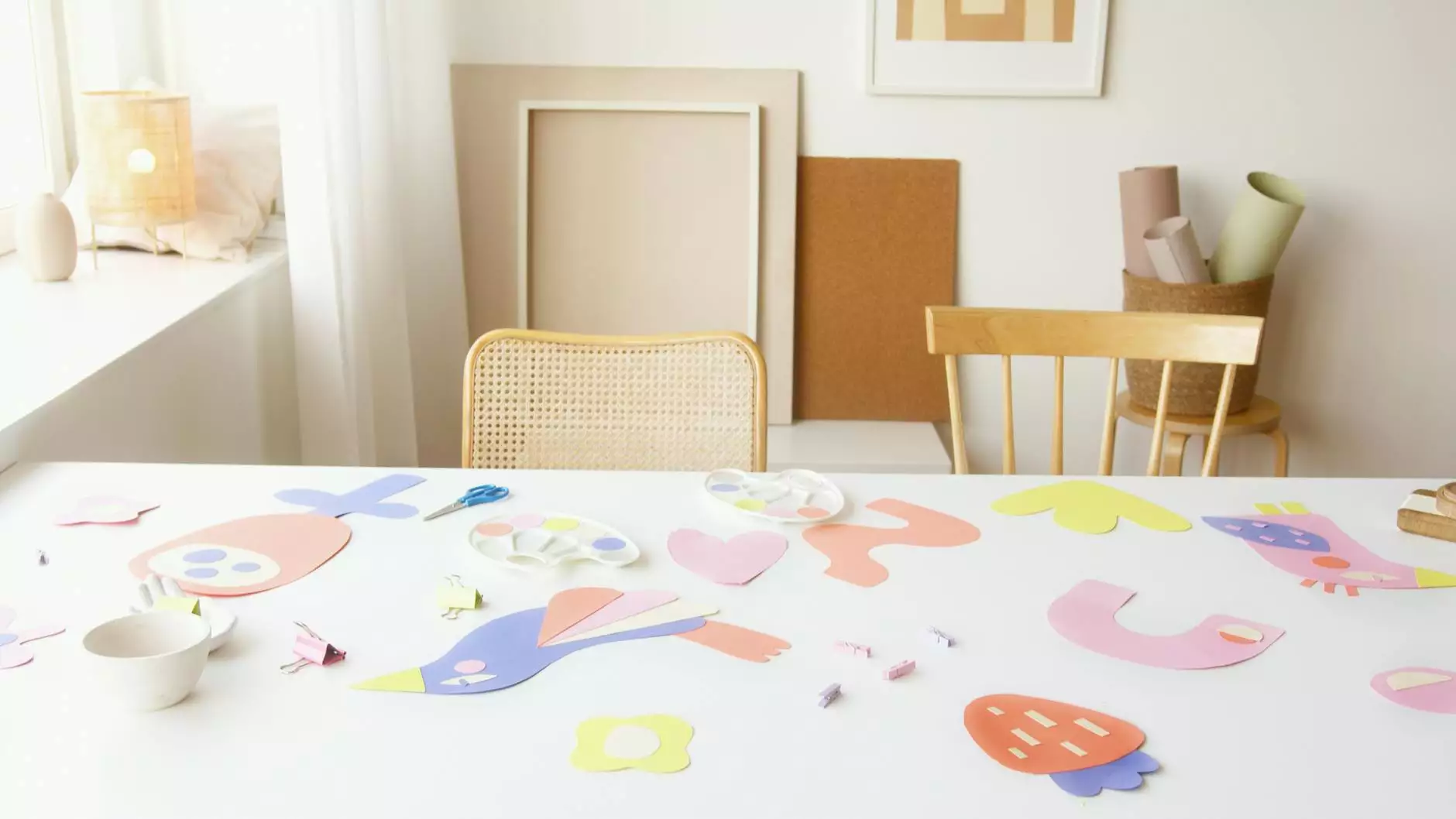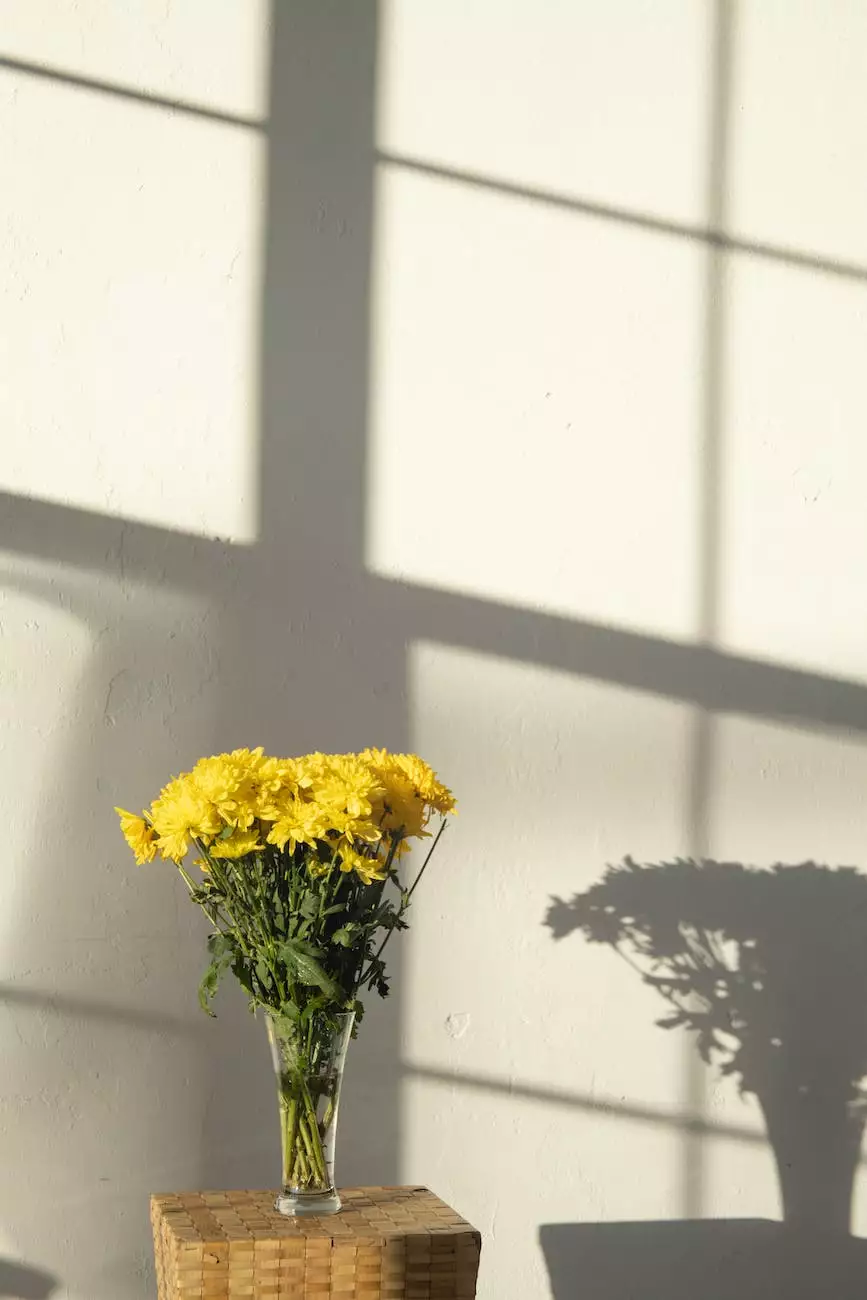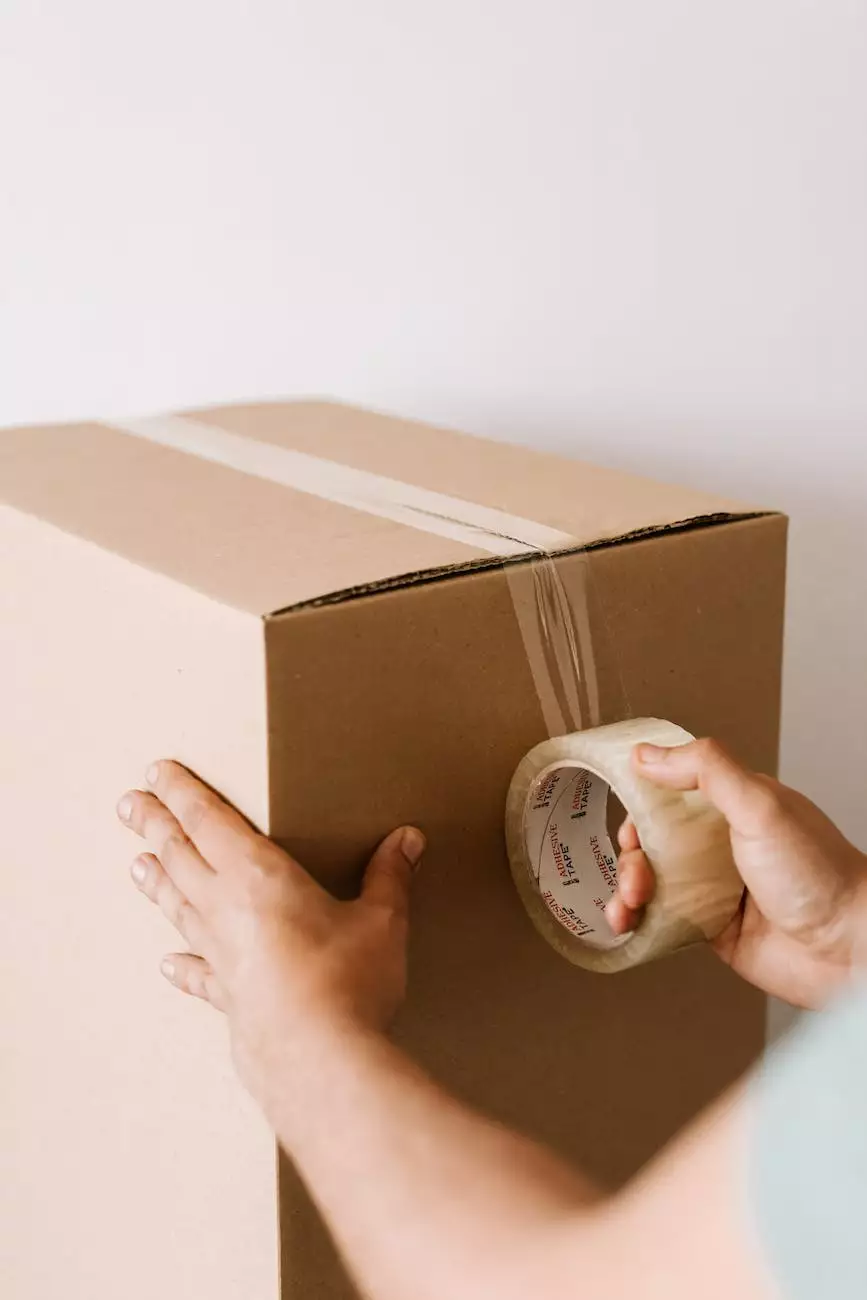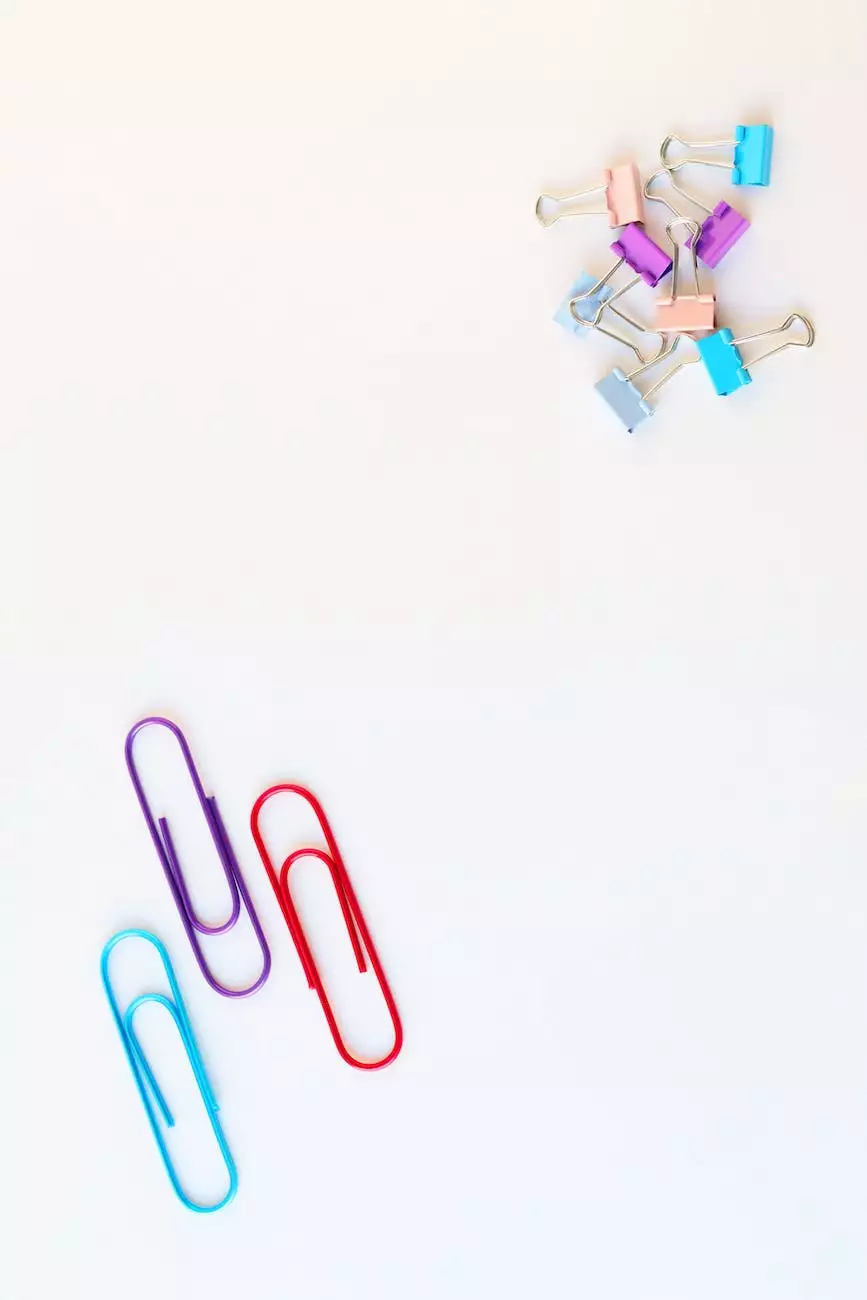Installation Day No-Nos
Blog
Introduction
Welcome to Courtney Taylor's immersive guide on installation day no-nos. As a renowned artist in the field of visual arts and design, Courtney has encountered numerous challenges during installations and wants to share invaluable insights to ensure your own installation process goes smoothly. In this comprehensive article, we will explore common pitfalls, tips, and tricks to help you avoid installation day disasters.
Understanding the Importance of Preparation
Installation day is a critical moment in bringing your artistic vision to life. Failing to prepare adequately can lead to unnecessary stress and potential setbacks. As an artist, Courtney Taylor emphasizes the significance of thorough preparation. By investing time and effort into planning and organizing, you can ensure a seamless execution of your artwork installation.
Setting Up a Timeline
Creating a detailed timeline is an essential first step in the preparation process. By outlining milestones and assigning specific tasks to designated team members or contractors, you can keep everyone on track and ensure a coordinated effort. Remember to allocate sufficient time for unforeseen obstacles and adjustments, as these are often unavoidable in the world of art installations.
Conducting a Site Visit
Prior to the installation day, it's crucial to visit the site where your artwork will be displayed. This visit allows you to assess the available space, lighting conditions, and any potential logistical challenges. Take precise measurements, note any architectural features or limitations, and make sure to capture photographs or sketches that will help inform your installation process.
Avoiding Common Mistakes
While it's impossible to anticipate every potential issue, being aware of common mistakes can help you avoid unnecessary headaches on installation day. Below are key areas to focus on, ensuring a more efficient and successful installation:
Arriving Unprepared
One of the biggest installation day no-nos is showing up without the necessary tools, equipment, or materials. Make a checklist well in advance and ensure everything is readily available on the day of installation. This includes hardware, adhesives, protective coverings, and any specialized equipment required for the specific artwork you're installing.
Neglecting Safety Measures
Safety should always be a top priority during the installation process. Courtney Taylor emphasizes the importance of adhering to safety guidelines and regulations. This includes using appropriate personal protective equipment (PPE), securing heavy or delicate artworks correctly, and ensuring stable platforms or scaffolding for elevated installations. Taking shortcuts or overlooking safety measures can lead to accidents and potential damage to your work or to individuals involved.
Underestimating Time Constraints
Managing time effectively is crucial for a successful installation. Underestimating the duration of specific tasks can result in rushed and careless execution. Plan for contingencies and allocate sufficient time for unforeseen challenges. Be respectful of the venue's schedule and work within the agreed-upon timeframe. By allowing ample time, you'll have a more serene installation experience and the opportunity to address any unexpected setbacks calmly.
Best Practices for a Smooth Installation
Now that we've covered some common mistakes to avoid, let's delve into best practices that can significantly contribute to a seamless installation day:
Collaboration and Communication
Effective collaboration and communication are vital components for a successful installation. Ensure everyone involved in the process understands their roles and responsibilities. Maintain open lines of communication with the venue staff, contractors, and your team. Regularly update all relevant stakeholders on progress, changes, or potential issues. This transparency fosters a supportive environment and allows for real-time adjustments if needed.
Mock Installations and Rehearsals
Whenever possible, consider conducting mock installations or rehearsals prior to the actual installation day. This gives you and your team an opportunity to practice the process, identify any areas that need improvement, and make adjustments accordingly. These run-throughs can help refine the workflow, establish better time management, and identify potential challenges in advance.
Documenting the Process
Documenting the installation process is not only beneficial for your personal reference but also for showcasing your work and sharing your experiences with others. Capture photographs, videos, and written notes throughout the installation process. These materials can be used to document your artistic journey, highlight your attention to detail, and engage your audience both online and offline.
Conclusion
Courtney Taylor's guide on installation day no-nos provides invaluable insights and tips to help artists in the field of visual arts and design navigate the challenges of art installations. By emphasizing thorough preparation, avoiding common mistakes, and implementing best practices, you can ensure a more successful installation experience. Remember, installation day should be a culmination of your artistic vision, and by adhering to these guidelines, you can make it a seamless and memorable occasion.










